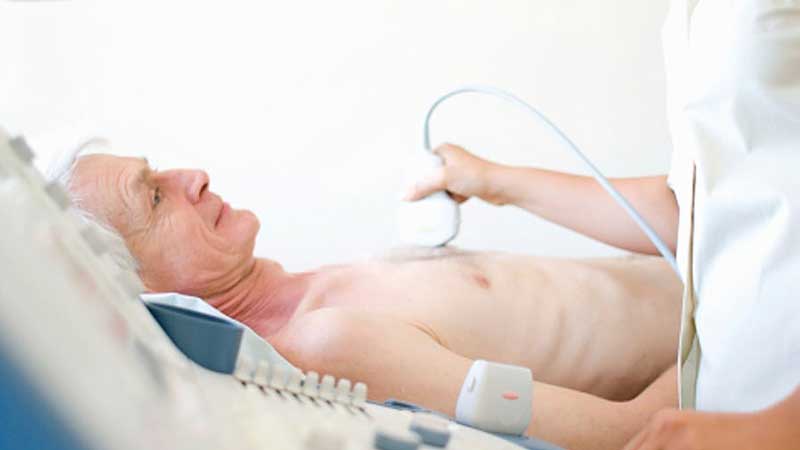Echocardiography is a medical procedure that involves using sound waves to produce live images (echocardiograms) of your heart. Your doctor may recommend an echocardiogram if your heart functions abnormally, such as when your heart seems to beat abnormally when listened to through a stethoscope. In this article, we will advise on all the material facts about echocardiography and what you can expect from a Port Saint Lucie echocardiogram.
Table of Contents
What is Echocardiography?
Echocardiography is a medical test that allows your doctor to investigate whether the chambers and valves in your heart are functioning normally. By using sound waves to produce echocardiographs, which are live pictures of your heart, your doctor will be able to detect the presence of:
- Excessive fluid in the sac around your heart
- Any blood clots in your heart chambers
- Any abnormality with your main artery, the aorta
- Any problems with the normal functioning of your heart valves.
- Any complication that causes difficulties in the relaxing and pumping functions of your heart
- Significant pressure amounts in your heart
When is an Echocardiogram Needed?
Your doctor may recommend an echocardiogram for you to examine the chambers, blood vessels, and valves of your heart if they notice the following:
- Irregular heartbeats.
- Any signs of heart problems such as difficulty in breathing or chest pains.
Types of Echocardiograms
There are five major categories of echocardiograms that a doctor can perform. They include:
1. Transthoracic Echocardiography
This is the most painless, non-invasive, and common type of echocardiography. The process mainly uses a transducer that is placed on your chest over your heart. Once positioned, the transducer sends images of your heart in the form of ultrasound waves to a computer, where they are interpreted into live images of your heart as shown on a monitor.
2. Transesophageal Echocardiography
Your doctor will only recommend a transesophageal echocardiogram if there is a need to visualize the back of your heart or if the transthoracic echocardiography fails to give definitive images of your heart. In this medical procedure, your doctor will numb your throat to eliminate the gag reflex and then guide a smaller transducer tube through your mouth to the esophagus. As soon as the tube is behind your heart, your doctor will be able to visualize the back chambers of your heart that were not visible before.
3. Three-Dimensional Echocardiography
A three-dimensional (3-D) echocardiography is commonly used to diagnose heart problems in children. This is because it uses either transesophageal or transthoracic echocardiography to create a 3-D image of the heart.
4. Stress Echocardiography
This medical procedure is normally seen as ‘traditional’ transthoracic echocardiography. This is because, in this procedure, you will have to make your heart function under stress by either taking medication that will make your heart beat faster or exercising.
5. Fetal Echocardiography
Fetal echocardiography is mainly used to investigate any heart problems in expectant mothers who are within 18-22 weeks of pregnancy. Unlike X-rays, this medical procedure is much safer for the unborn child because it does not use any radiation.
Echocardiogram Results
Echocardiography usually takes 20-30 minutes. If you happen to have any severe heart conditions, your doctor may either refer you to a cardiologist or carry out more tests.
Conclusion
If you experience any heart problems, you should consult a cardiovascular expert like Anthony Lewis of the Port Saint Lucie echocardiogram Center, Florida. With unlimited experience in echocardiography, he will be able to view the valves, blood vessels, and chambers of your heart to examine them for any abnormalities. Make an appointment online or contact the TLC Medical Group today.

